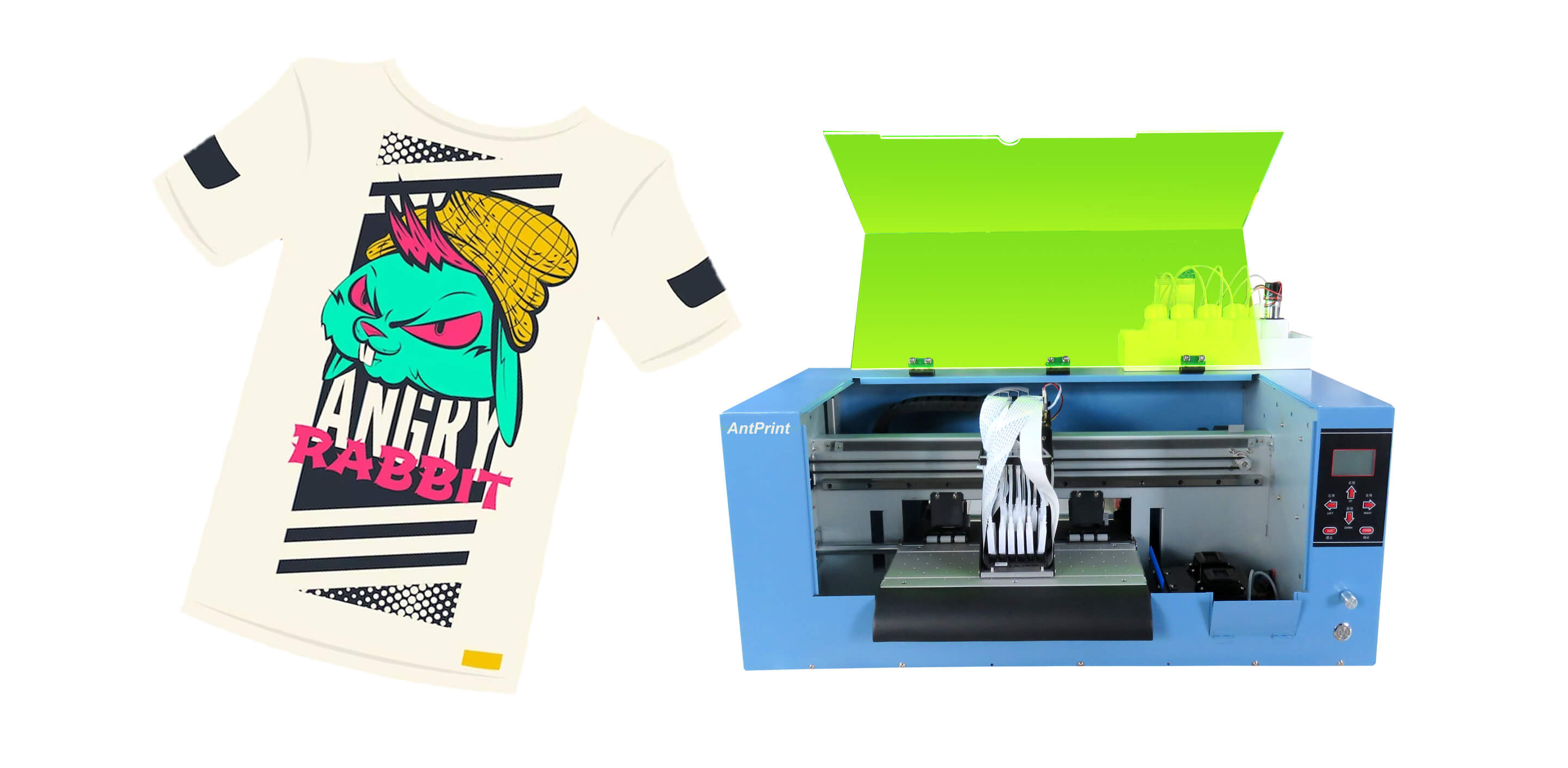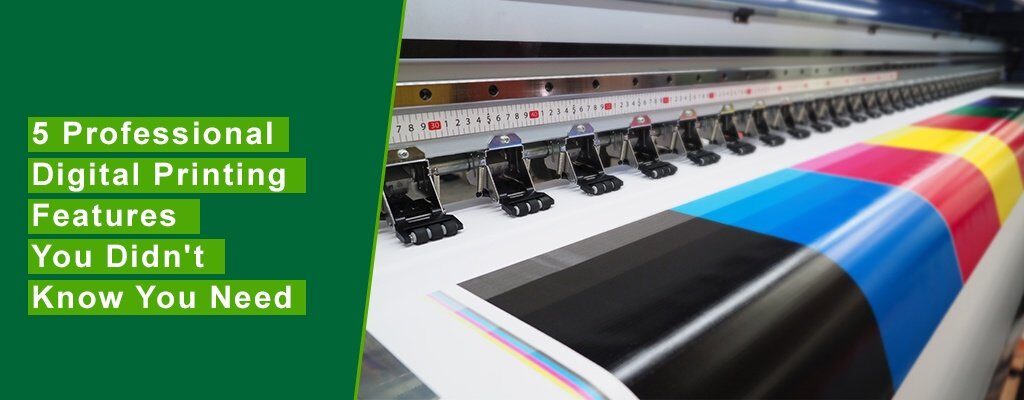You can promote globally without holding inventory by using print on demand.
You can promote globally without holding inventory by using print on demand.
Blog Article
Recognizing Exactly How Digital Printing Reinvents the Printing Market
The printing sector, long soaked in standard techniques, is undergoing an extreme makeover with the development of electronic printing. With its possible to spur engagement with customized material and to supply lasting remedies, it's clear that digital printing is more than a technological breakthrough; it's a crucial video game changer.
The Advancement of Digital Printing: A Quick Introduction
Considering that its beginning, digital printing has actually undergone substantial changes, consistently transforming the printing sector. With the advent of the 90s, electronic printing modern technology began to grow, and the industry experienced the intro of direct imaging presses, which got rid of the demand for printing plates. As the brand-new millennium unfolded, improvements in technology even more stimulated the growth of digital printing, leading to the development of high-speed inkjet printers.

Unboxing the Modern Technology Behind Digital Printing
Diving into the details of digital printing modern technology, one encounters a rich tapestry of innovative machinery and complex formulas. At the heart of this procedure lies a digital photo, which is refined by software application that divides it right into a grid of dots. This elaborate system, bolstered by sophisticated software program and high-resolution imaging, has transformed the landscape of the printing market, leading the means for unprecedented levels of detail and accuracy.

The Advantages of Digital Printing for Organizations
Comprehending the technology behind electronic printing offers a clear image of its precision and information. For companies, this converts into countless advantages. To start with, digital printing uses unprecedented rate, making it possible for firms to fulfill tight due dates without endangering on quality. Next, it minimizes prices as there are no plates or physical setup, making it best for small-volume printing jobs. This innovation uses premium consistency with each print outcome, removing variants frequently seen in conventional techniques. Digital see here printing click reference is environmentally friendly, utilizing less ink and producing less waste. Nevertheless, the full capacity of digital printing is realized when used for personalization and personalization, a topic that will be covered extensive in the next section.
The Role of Digital Printing in Modification and Personalization
While typical printing techniques have problem with customization and personalization, electronic printing stands out in these areas. It permits for the simple alteration of layouts, without the requirement for expensive and taxing plate adjustments (print on demand). This allows companies to customize products to individual consumers, meeting details requirements and improving consumer satisfaction
Digital printing also enables variable data printing, where aspects such as message, graphics, and images might be transformed from one printed item to the next, without decreasing the printing procedure. This is particularly helpful for direct advertising projects, where personalized messaging can substantially boost reaction prices. By doing this, electronic printing not just revolutionizes the printing market yet additionally transforms the way services communicate with their clients.
Evaluating the Ecological Impact of Digital Printing
Although digital printing has been lauded for its function in modification and personalization, it is important to analyze its ecological influence. Digital printing can be much less wasteful than conventional techniques, due to the fact that it operates a 'print as needed' basis, eliminating the need for big print runs that can lead to surplus and waste. Furthermore, it utilizes fewer chemicals and creates much less unstable natural substances (VOCs) compared to balance out printing. The energy usage of digital printers can be high, leading to enhanced carbon check that footprint. The usage of non-recyclable printing parts and the difficulty of e-waste administration present considerable environmental issues. Consequently, while electronic printing has numerous benefits, its ecological effect should be conscientiously taken care of.
Conclusion
To conclude, digital printing has transformed the printing industry, using rapid, cost-efficient, and top notch services. It promotes personalization, boosting customer involvement, and employs a lasting print-on-demand model. As this innovation proceeds to develop, its influence on company interaction, customer contentment, and environmental sustainability ends up being significantly profound. Comprehending these adjustments is important for businesses to take advantage of the advantages of electronic printing efficiently.
Report this page